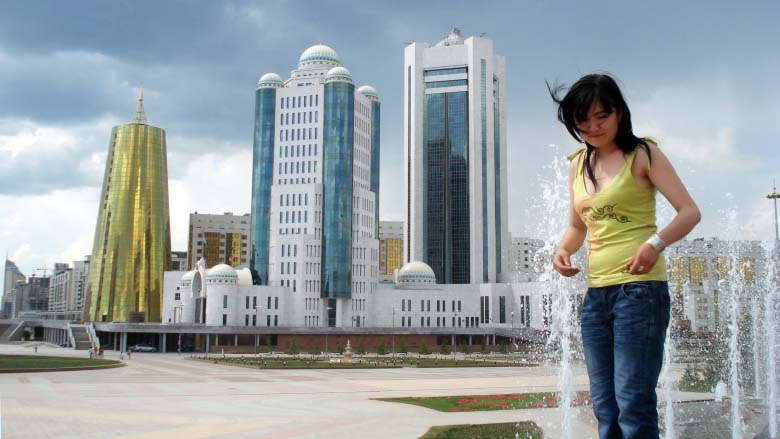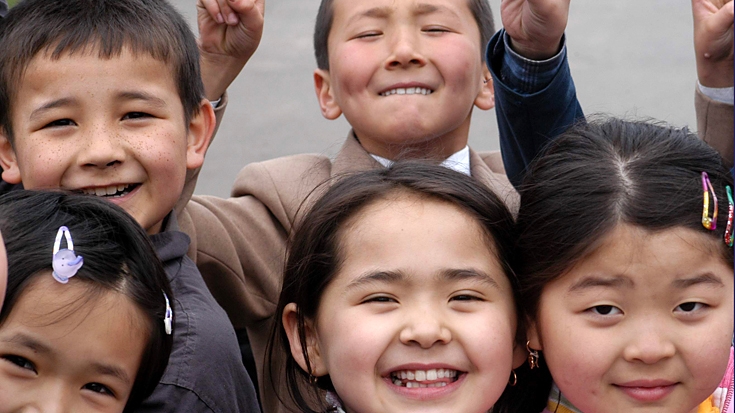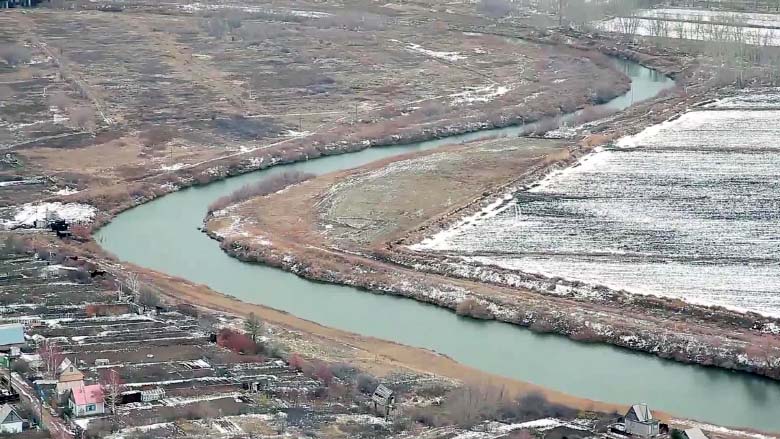Challenge
Kazakhstan’s development objective is to join the ranks of the 30 most developed countries by 2050. Its long-term vision focuses on economic diversification to move away from natural resource dependence and toward more balanced growth, and social modernization away from social disparity and toward more inclusive growth. The successful implementation of Kazakhstan’s development agenda requires addressing several key challenges. In the near to medium term, economic prospects depend on a continuation of the stability-oriented macroeconomic policies that promote a rules-driven framework for resource earnings and the strengthened accountability of state-owned enterprises. Improved access to finance is also essential for non-oil sector growth in the near term. Although bank liquidity is ample, non-performing loans (NPLs) remain high and constrain banks’ ability to provide fresh credit to the non-oil sector, calling for timely implementation of a new insolvency regime and the government’s strategy to resolve the NPL situation. Enhancing medium- to long-term development prospects depends on raising non-oil productivity through promoting a more competitive and favorable environment for doing business, providing greater room for private sector expansion amid neutral incentives, making progress on governance to allow greater accountability, improving the quality of education and health care to generate a more skilled and healthier work force, investing in critical infrastructure for better connectivity with the world, and pursuing the recently launched green growth vision to enable more environmentally sustainable growth.
Solution
The World Bank Group program in Kazakhstan supports the implementation of the government’s core development priorities of competitiveness, improved governance through higher standards and accountability in public service delivery, and environmental protection. The program interlinks knowledge interventions with sequenced products in a multiyear framework to maximize impact. It also targets areas of lagging performance, as revealed by the Bank’s assessment tools, country-grown strategies, or international comparative analysis. A key instrument to support the government’s program is the multiyear programmatic Joint Economic Research Program (JERP), aimed at bringing in international experience and building up the capacity for adopting knowledge transfer. The JERP is complemented by selective investment projects in strategic high-impact areas. To ensure successful results from the infrastructure projects, an emphasis is put on governance and institutional arrangements that strengthen capacity and accountability for public services and promote an environment more conducive to results.




